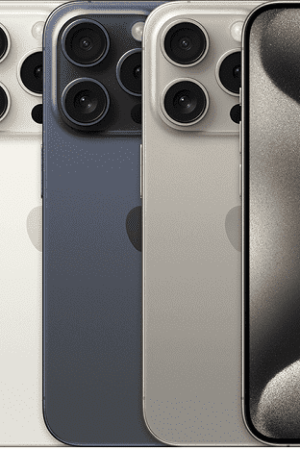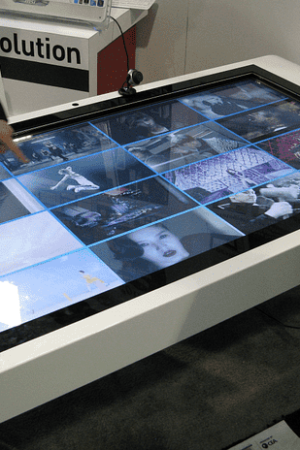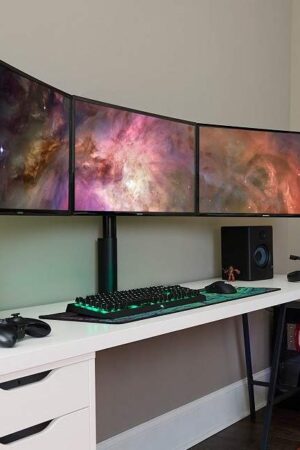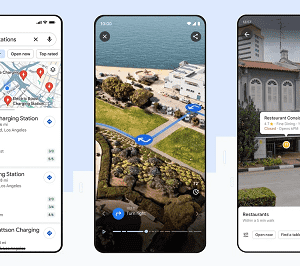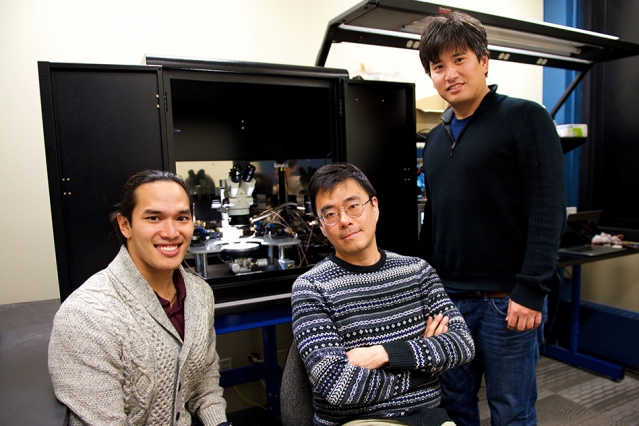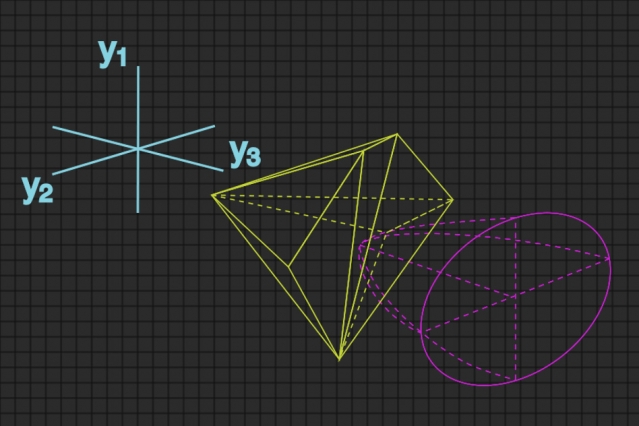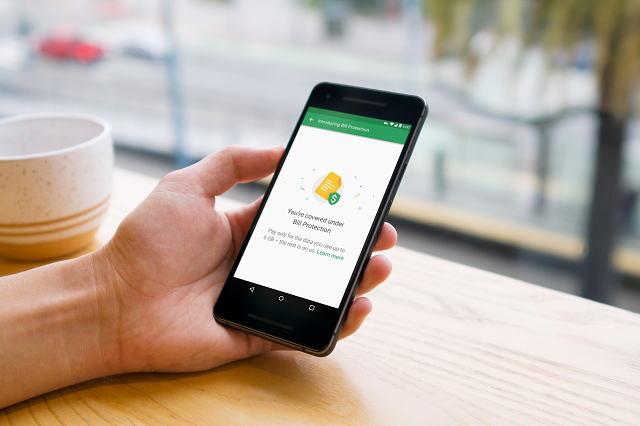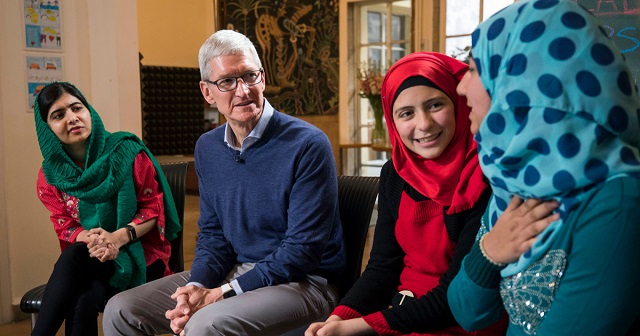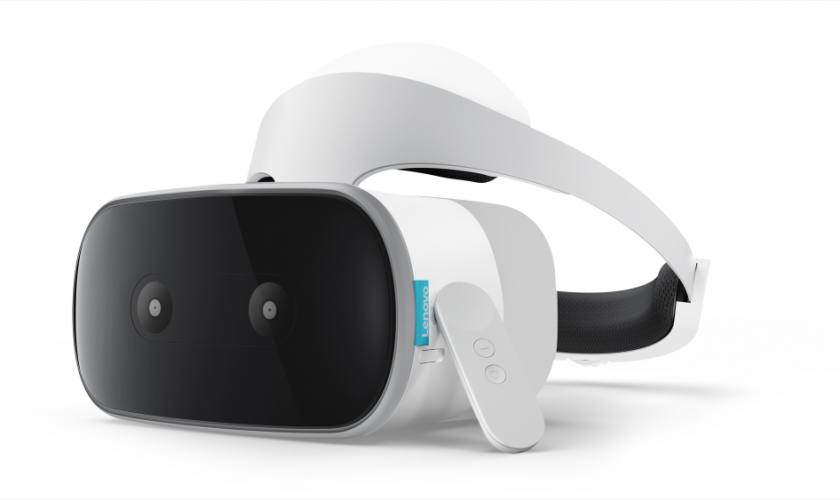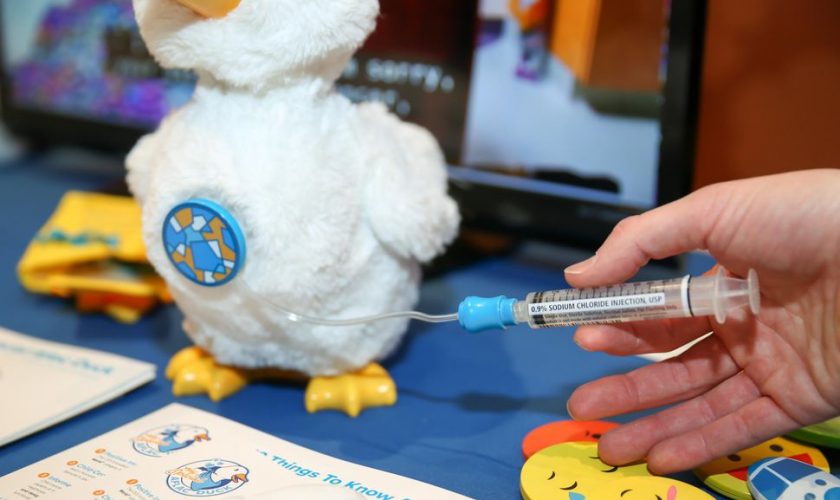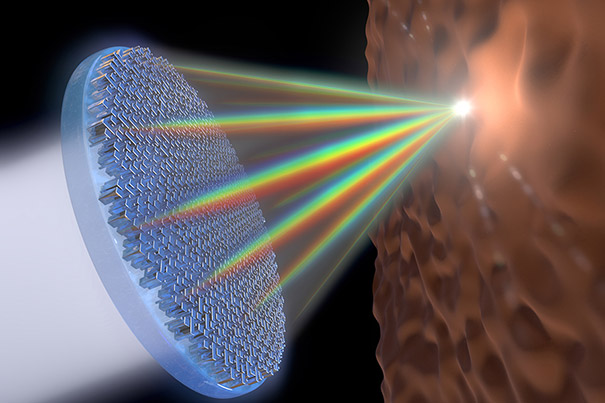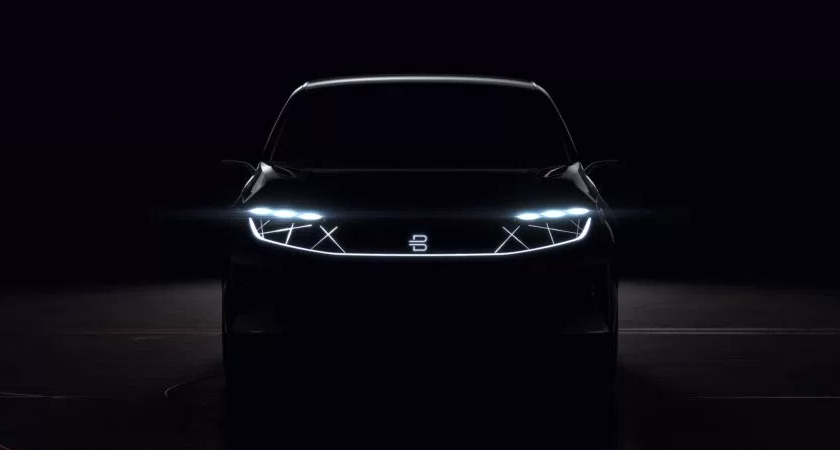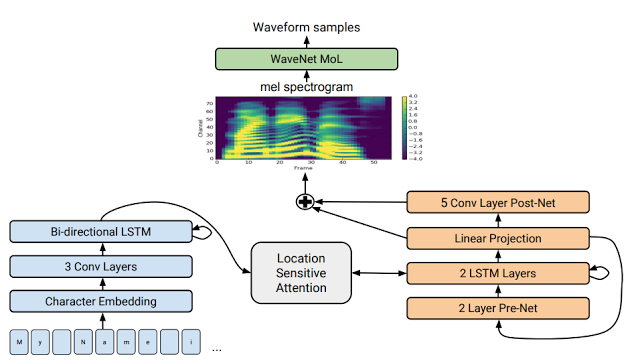Artificial Synapse- A Chip Working As Original Brain
When we look at the present world of science, we may see that nothing can beat the processing power of our brain. The good news is that MIT researchers have recently created a new chip, which functions almost as our brain. They have created artificial synapse with the help of new technology.
New Chip Created By Removing the Limitations–
Those, who are engaged in artificial intelligence, know that it is not simple for them to reproduce brain activities. However, they may find it easily manageable while a hardware part has been designed just as our brain. We call it as the neuromorphic computing process. You may find the origin of this type of engineering in 1980s. VLSI systems are used for creating neuro-biological structure. MIT researchers and engineers have solved all the issues and got success with the creation of artificial synapse. They have used transistor-free switching system, which is able to remove all the limitations (high energy consumption).
The Way in Which Our Brain Works–
Our brain has lots of neurons (86±8 billion), and each of these neurons is able to send information to several other active neurons with the use of synapses. These synapses help in passing the chemical to a different neuron. Just as our brains, the small neuromorphic chips have the ability for processing several streams. In order to create the chip, the researchers have applied silicon germanium. This chip has also the power of identifying handwriting accurately.
How the Scientists Have Created the Chip–
For the new structure, the scientists have used crystalline silicon by aligning atoms consistent, and this helps with the flow of ions. To have success in this process, the researchers have designed silicon germanium of a special pattern. Its design is much bigger, and the materials have developed dislocation for creating one ion path. The new chip, created by scientists, contains artificially designed synapses, and every synapse is twenty-five nanometers in length. With the application of voltage, there is an effect on current flow. The difference among synapses is four percent, and the performance level is much uniform and better than metal-made chip.
For the verification of uniformity, the researchers have checked a synapse, which is not under different voltage. They have also done functional tests for the recognition of handwriting models. The chips may have output or input neurons, and each of them fitted to different neurons. The network of neurons may make out several patterns, like our brain.
They dealt with artificial network by using 3 layers, which are attached with two other layers of synapses. They have also applied handwritten data that has several samples. It is also noticed that this network is able to detect the samples successfully in most of the cases.
To conclude, we have to say that artificial synapse development has opened a path for realizing the most functional and big sized neural systems. The researchers are trying to use supercomputer for performing other innovative tasks for future.

